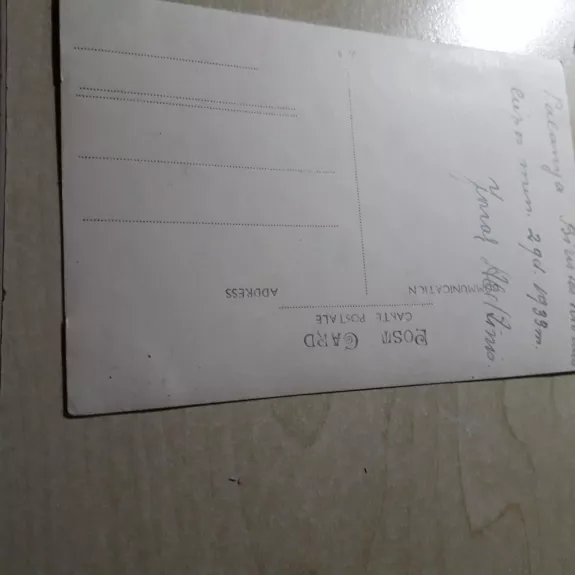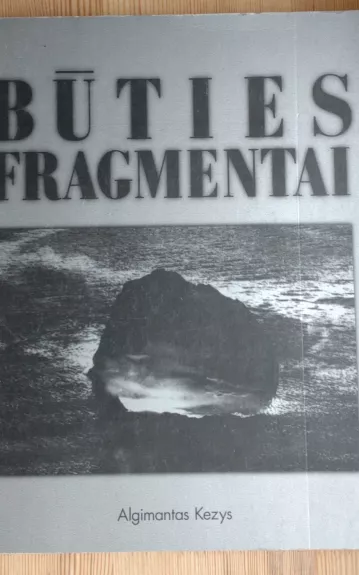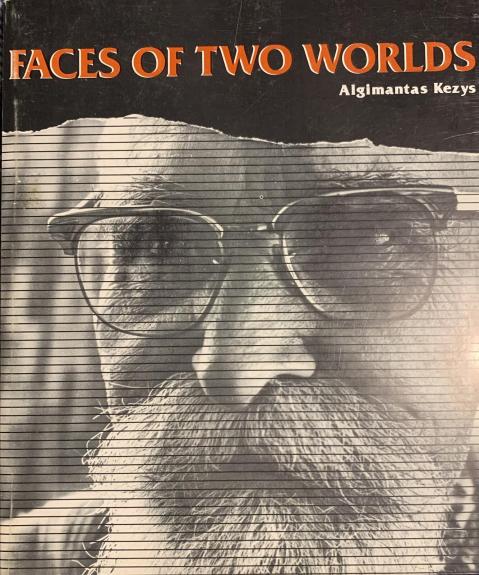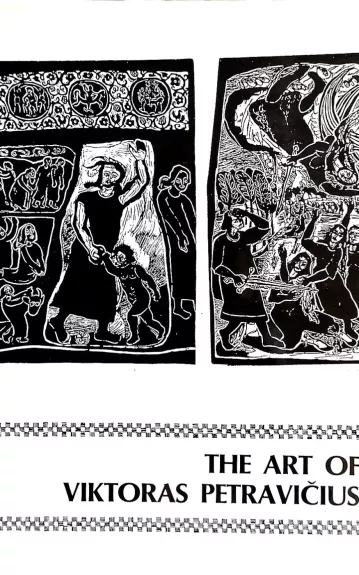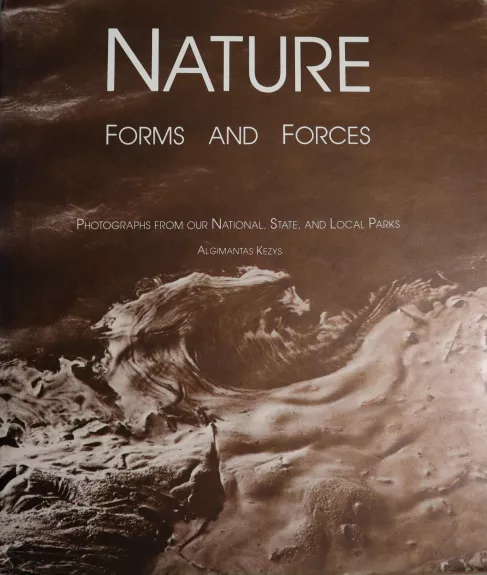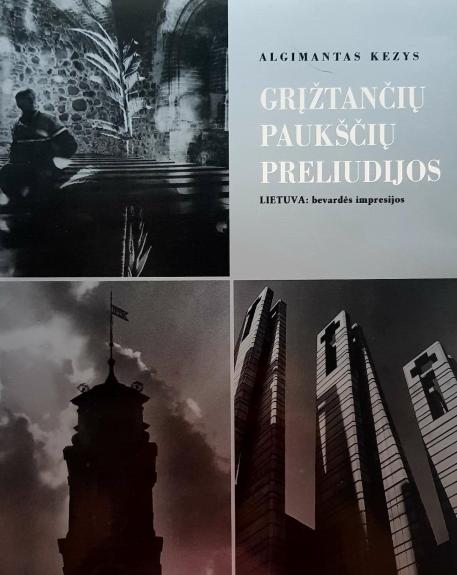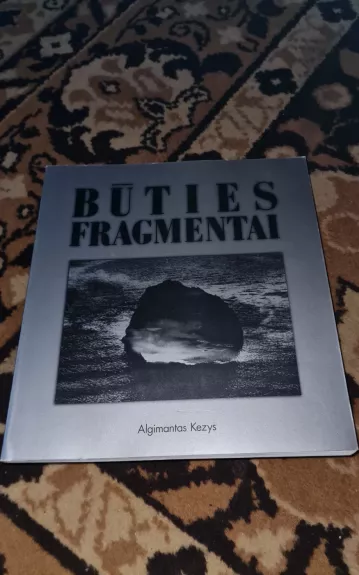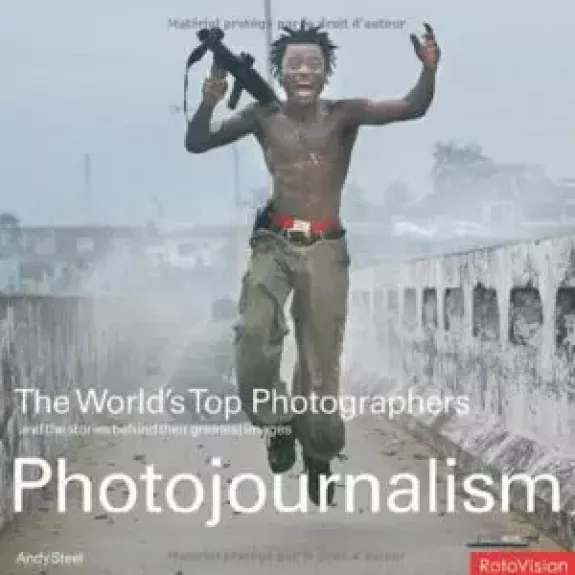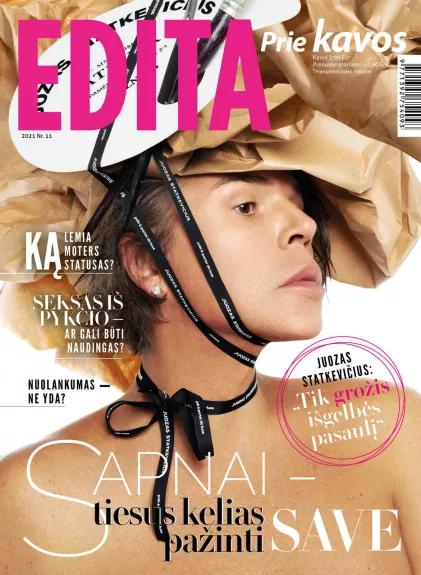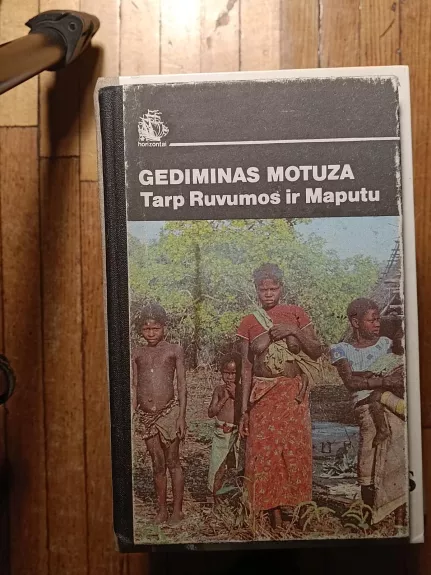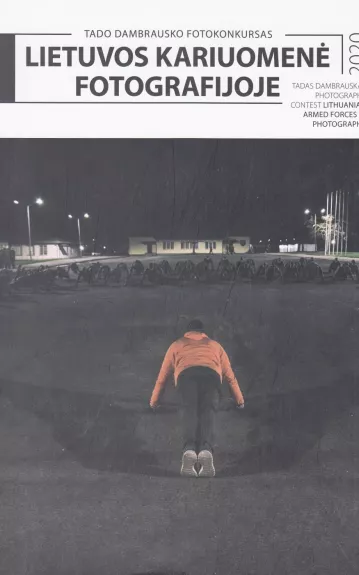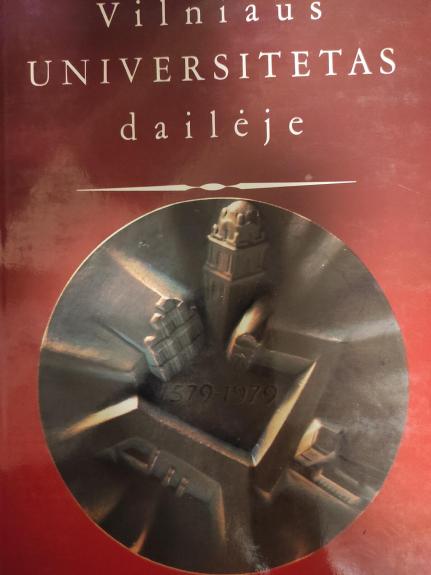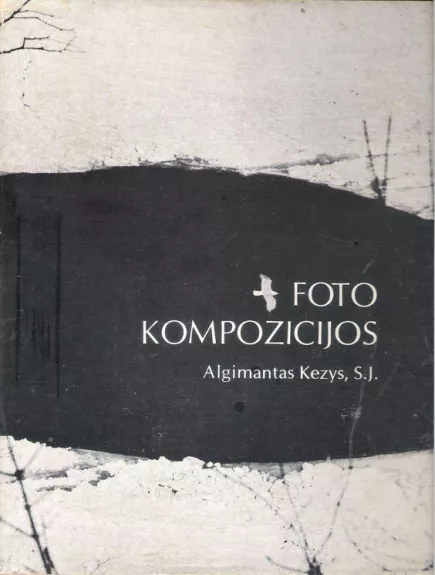
The Art of Viktoras Petravičius (Volume I)
Viktoras Petravičius belongs to the group of artists who most significantly contributed to the development and growth of Lithuanian graphic art. This group was educated in the Art Institute of Kaunas and abroad, mostly in Paris. Upon returning to their native land, they enthusiastically began their major creative work. This generation was greatly influenced by Lithuanian folk art, which already in the 19th century had attracted the attention of neighboring German and Polish artists. This was the time when folk art was rediscovered, when it gained new meaning, vitality, and importance. Lithuanian artists were trying to develop a style which would reflect "The Lithuanian spirit". Folk art became their primary source of inspiration. It was collected, thoroughly examined, and displayed in museums. Several traveling exhibits were organized to introduce Lithuanian folk art to other countries. During that time, most artists were primarily interested in primitive art. Lithuanian folk art, because of its simplicity, boldness, and straightforwardness, gained special recognition, notice, and acclaim. Such acclaim especially affected the young contemporary Lithuanian artists. They devoted much of their time to the study of folk art. Groups were formed, that worked toward a style that would blend the traditions of folk art with the developments of modern art. This gave new impulse to Lithuanian art, and graphic art especially began to flourish. Taking a particular characteristic of folk art, some artists developed it according to their own interpretation. Others even imitated the old forms of folk wood carvings. Viktoras Petravičius was able to capture the very soul and spirit of folk art. As one views the works he has created, it seems that the past with its old elegantly decorated dowry chests comes to life with a new light, a new glow. The characteristics of the wood cuts of folk art are reflected and illuminated. This is not a copy nor a continuation or extension of the Lithuanian folk art. It is a transformation of the very spirit of Lithuanian folk art into modern form within the framework of Petravičius' own individualistic style. As if to emphasize and intensify the spirit of the past, Petravičius began illustrating folk stories. In the first phase of his work, he completed two books, carving the illustrations as well as the text on wood blocks. Although Petravičius' approach to his work is realistic, he stylizes, modifies, and transforms his characters within the realm of fantasy. He solves his creative problems spontaneously. Overtaken by fantasy and his own intense feelings, he abandons detail and concentrates on overall organization and design. In their mood his works sometimes resemble the works of Rouault or Henry Matisse. In illustrating folk tales, Viktoras Petravičius prefers and enjoys using strong black areas in contrast with the white ones. His creative composition ideas are expressed on a single plane employing thin lines to delineate his figures. After having worked on story illustrations, his interest turned to farm life. Here he executed a number of works, his former mood still prevailing. World War II caused his exile from Lithuania. In a German refugee camp his style and subject changed. His works were no longer governed by a world of fantasy but faced frank reality. He represented the harsh times and experiences of the post-war years, the suffering and torment, and the loss of one's native land. The illustration of Lithuanian folk songs comprises a new cycle. Here, the artist, forgetting the painful themes of post-war life, again enters the pleasant world of fantasy, decorativeness, and ornamentation. At this time he also switches from wood cuts to linoleum block printing, creating prints on a grand scale. This material lends itself to experimentation. The black areas start to disappear, being engulfed by the white ones. Sometimes his composition even takes the form of thin black lines on a completely white background. But mostly, his works consist of balanced black and white planes interlaced with a network of thin - lines. After coming to the United States and settling in Chicago, Petravičius created a whole line of compositions on religious themes. In some he is impressive, majestic, with much exuberant feeling projecting into Christ's Passion scenes. In others he compresses his lines to a minimum, leaving a strong, definitive white background. Viktoras Petravičius is also a painter. He devoted special attention to painting in recent years. In this field, he again is spontaneous, bold, passionate, sometimes resembling a Fauvist. He has created a number of oil paintings on silk. Decorative and ornamentive, they resemble the style of his earlier graphic works. Viktoras Petravičius was born in 1906 in the village of Bedaliai, Lithuania. In 1938 he was graduated from Kaunas Art Institute and went to Paris to continue his studies. There he attended the Ecole Nationale des Arts et Métiers and Ecole Nationale Superior des Beaux Arts being graduated from these schools in 1938. Petravičius participated in the 1937 International Art Show in Paris and was awarded the Grand Prix. From 1940-1943 he held the position of art professor in the Kaunas Art Institute. Petravičius illustrated a series of books in Lithuania, Germany, and America. In 1948 his linoleum-print album was published. Viktoras Petravičius has been exhibited widely in Europe as well as in America. His exhibitions were held in the following cities: Kaunas, Vilnius, Klaipėda, Riga, Tallinn, Rome, Paris, Amsterdam, Brussels, Freiburg, Goetingen, Baden-Baden, Oldenburg, Niagara, Windsor, Chicago, New York, Rochester and Urbana. In 1951 he received the "Art Institute of Chicago Alumnae Association Prize" for his graphic work entitled "In My Native Country."


